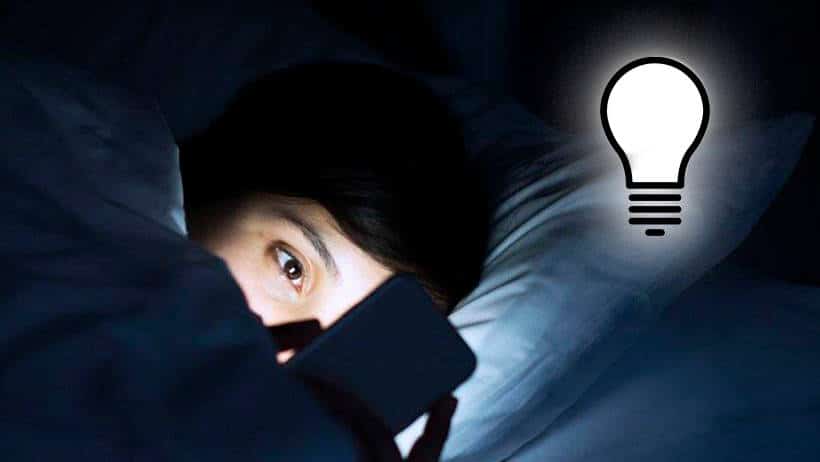In this guide, we will explain how to adjust the brightness of the screen of your Android phone to decrease it below the minimum.
When using the smartphone, we usually rely on the automatic brightness of the screen. Based on a sensor hidden under the glass, this brightness adapts to the conditions of the environment thanks to the reading of the external brightness.
The more light there is, the more the screen lights up; on the contrary, the less light there is, the less the screen will light up, up to a minimum value from which the brightness will not decrease.
Not all screens have a minimum brightness sufficient to consult the phone in complete darkness- sometimes the screen ends up dazzling us without being able to do anything.
Seeing the phone screen too bright at night can make sleeping difficult and that light can cause eye strain.
As long as dark mode on Android is not available on the phone, there are several ways to decrease the screen brightness in addition to the minimum brightness settings to make the screen darker.
How to decrease the brightness of the Android screen more than that allowed by the settings
At the moment, it is not possible to reduce the minimum value established by the manufacturer to reduce the brightness of the mobile phone, but there is an old trick that allows us to perform the same function.
These are filters that allow us to reduce the brightness more than the phone itself allows from its settings. The advantages? They are light applications but which, in many cases, do not exceed the mega weight and allow you to reduce the brightness as much as we want (until the screen is almost completely oxen).
These types of applications apply a filter to the panel to reduce the brightness below what is allowed by the manufacturer. The brightness values themselves do not change, but for our eyes, it is as if it were so.
To get started, we can use Screen Filter. It is one of the oldest applications on Android and, although it hasn’t been updated in a long time, it continues to run on the latest versions of the operating system.
The app already accumulates over five million downloads and has excellent ratings. After downloading it, we just have to open it and adjust the value we want. The lower we lower it, the less we will see the screen shine.
Here we have to be careful since the brightness of these filters is such that we can end up with the panel completely black when we go too low. In that case, the app will show us a warning.
Although Twilight was originally intended as a blue light filter, with various updates it has incorporated other tools such as the possibility of further reducing the brightness of our phone. It is one of the best-known apps and has also been chosen by the Google Play editors.
Among its many features, we find the possibility to make the display of your device suitable for the times of the day. Filter the blue spectrum of the smartphone after the sun has set and taken care of our eyes with a veiled and pleasant red filter.
The filter intensity is uniformly regulated by the cycles of the sun in your country according to the local sunrise and sunset times.
Within the settings section, we will also be able to choose the on and off times, as well as activate it manually when we need it.
If we want a little more customization, we can choose Darker. The application does the same as Screen Filter but is a bit more customizable.
Among its basic functions, we find the option to program the time it starts, as well as the time it ends, but we can also activate the automatic shutdown when our mobile phone has to increase the brightness. This will happen for example when we go out on the street during the day, as the mobile phone and its sensors will detect that these filters will no longer be needed.
It is also possible to select the filter shade for a greater effect on our eyes.

